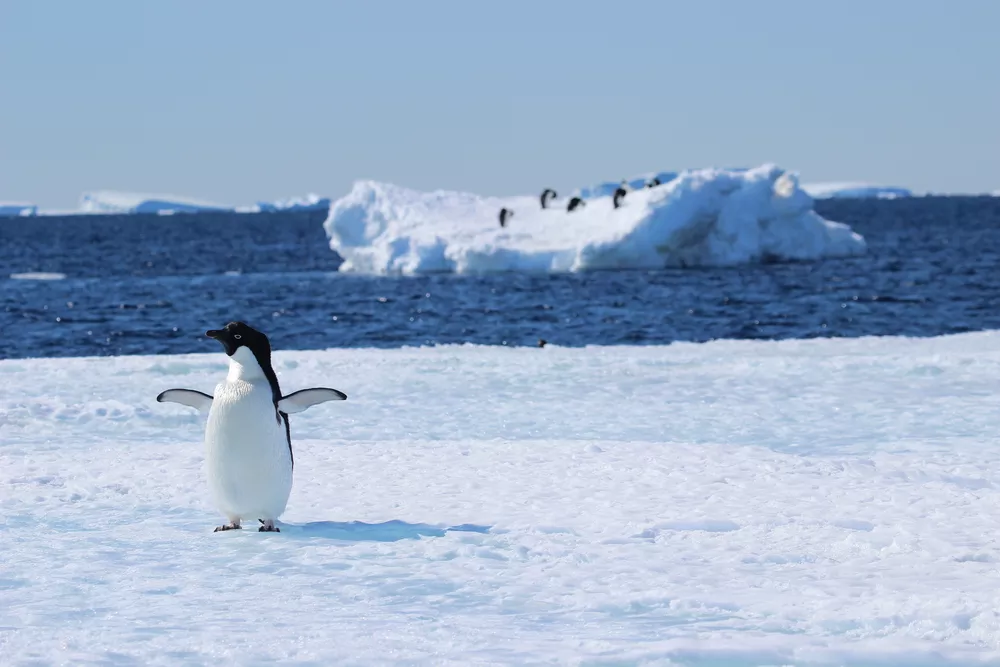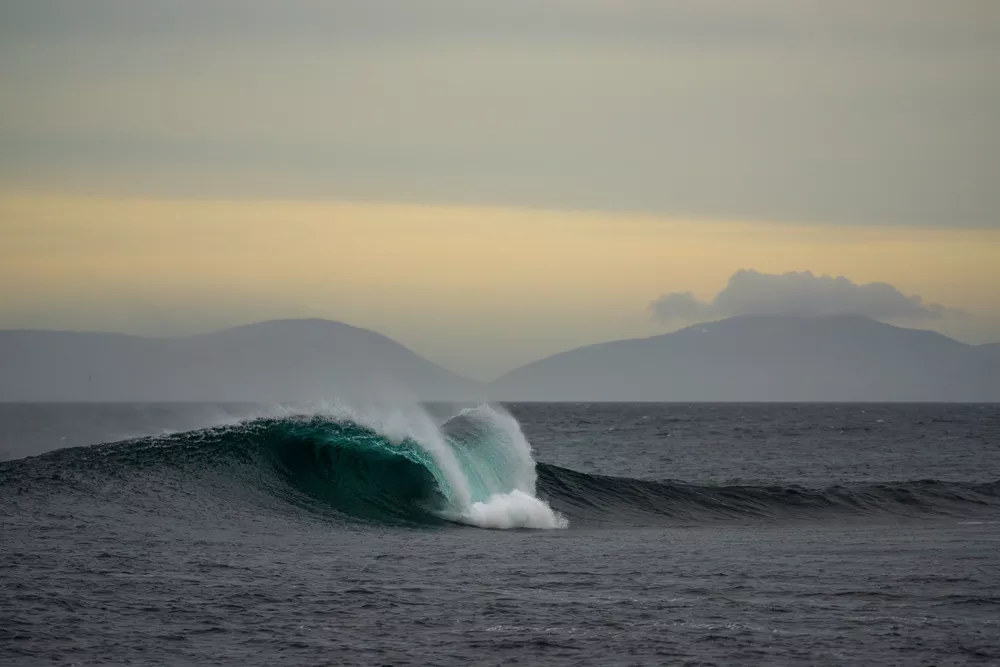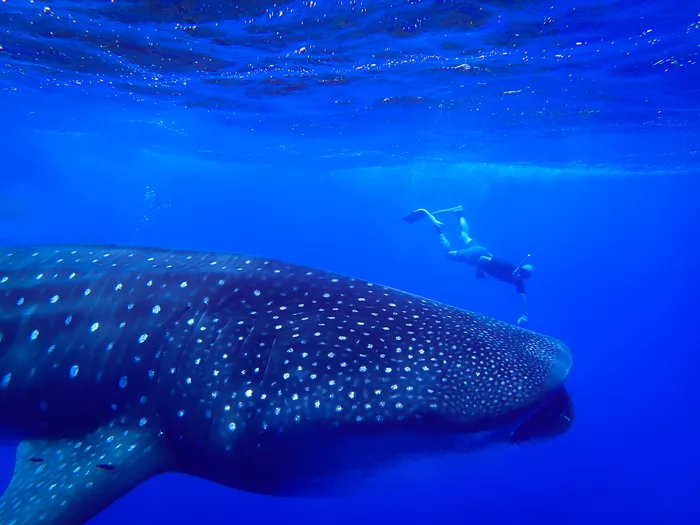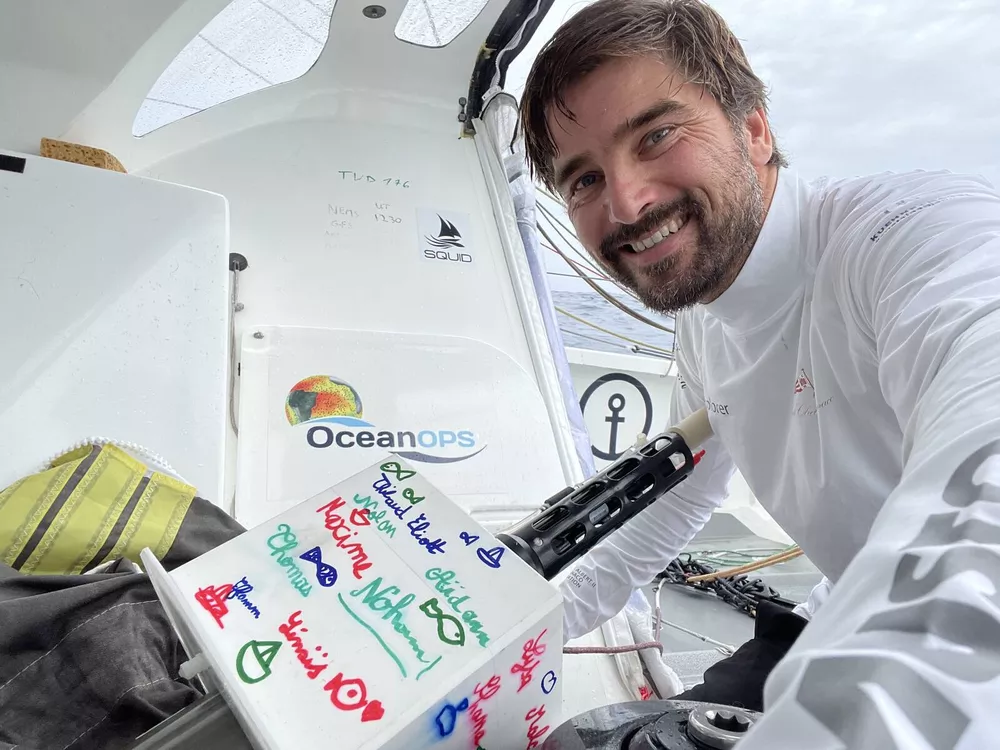Science and sail
From 2024, skippers will be equipped with automatic on-board weather stations.
The weather observations collected, such as atmospheric pressure, are used to provide accurate forecasts to ensure the safety of navigation at sea and to improve the forecasting of extreme events. These weather observations can also be used to feed climate forecasting models.
The onboard sensors will evolve over the editions.
This collaboration is being developed under the coordination of the Global Ocean Observing System (GOOS), supported by UNESCO through its Intergovernmental Oceanographic Commission (IOC). GOOS is a collaborative system of observations - at sea and by satellite - providing key data for studying the climate, warning of disasters and monitoring the health of marine ecosystems. This global network, implemented by 86 countries, is coordinated by Ocean OPS: an operational centre based in Brest (France) jointly supported by UNESCO's IOC and the World Meteorological Organisation (WMO), which aims to centralise and coordinate meteoro-oceanographic observation systems.
United Nations Decade of Ocean Science for Sustainable Development (2021-2030)
UNESCO is leading the United Nations Decade of Ocean Science for Sustainable Development from 2021 to 2030. The Decade provides a common framework through which countries can make full use of ocean science to implement the 2030 Agenda for Sustainable Development. More than 460 actions of the Decade have been formally endorsed, urging ocean stakeholders to take strong action to develop and improve ocean sciences and convert this knowledge into transformative solutions for sustainable development.







